The Early Years of Nintendo
Exploring the period between 1889 and 1969
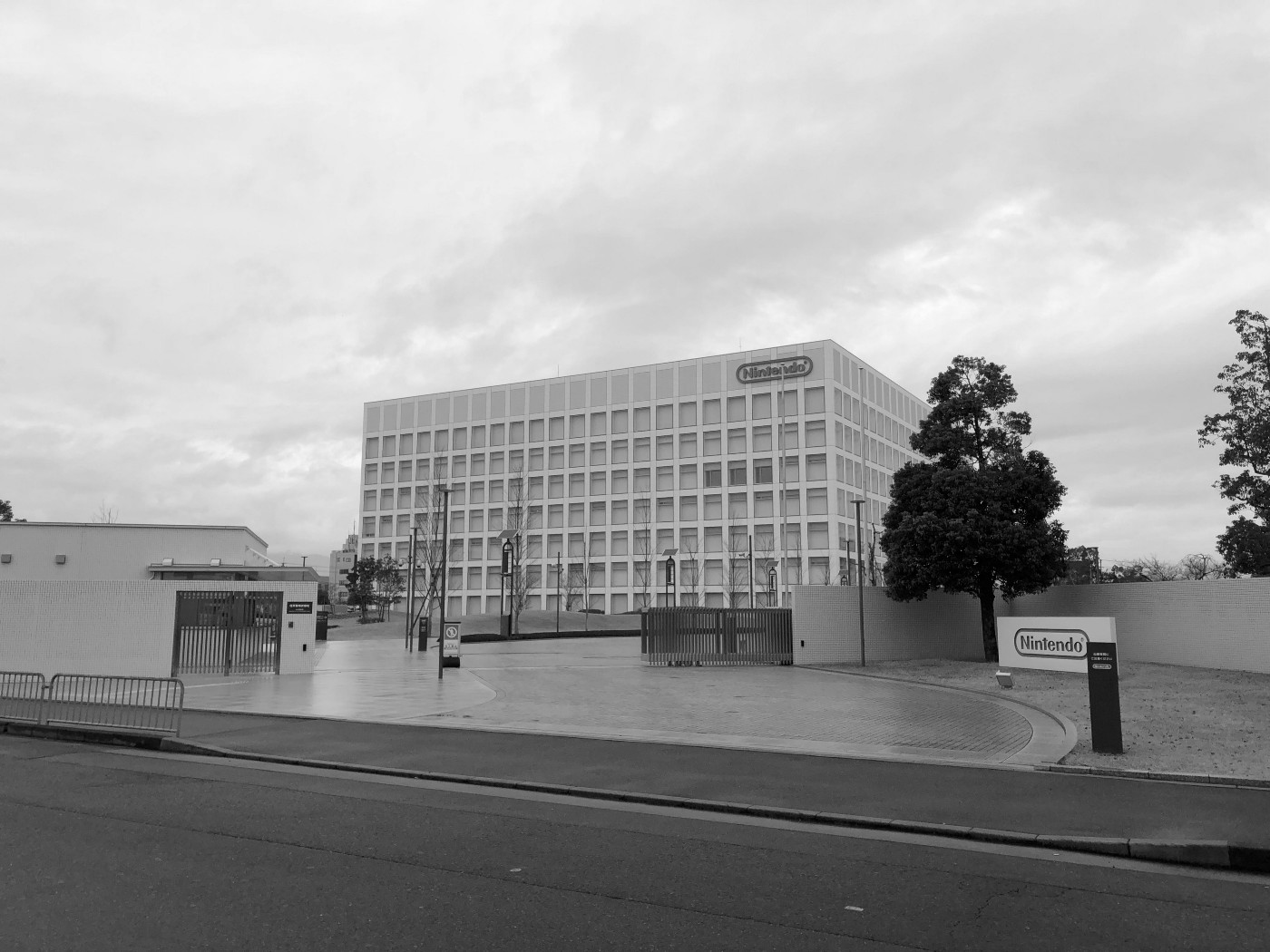
The story of the world’s greatest video game company begins with an artisan from Kyoto who lived in a home once occupied by a Japanese emperor’s doctor. Fusajiro Yamauchi made karuta; playing cards. Hanafuda, a particular style of karuta, are a unique form derived largely from ancient Japanese games that were played with seashells.
Yamauchi founded a company in 1889 to produce various forms of karuta. It was called Nintendo Koppai (although there were apparently various versions of this name in use early on, including Nintendo Karuta). The company name — Nin-ten-do — can be interpreted in various ways when translated into English. “Leave luck to heaven” and “Deep in the mind we have to do whatever we have to do” are two possible interpretations. The most popular is something closer to “Work hard, but in the end it is in heaven’s hands.”

Although Nintendo would not produce toys — let alone video games — until the latter half of the 20th century, the company’s DNA was forged by Fusajiro Yamauchi throughout the first thirty years of its existence. Yamauchi originally produced karuta on his own. Crafting these small, thick cards emblazoned with traditional art involved an elaborate manufacturing process. Nintendo’s hanafuda cards became popular across the Kyoto region. Keeping up with growing demand required Yamauchi to train his apprentices in the craft in order to mass-produce the cards. It wasn’t long before Nintendo’s cards became popular across Japan, thanks largely to a deal with Japan Tobacco and Salt Public Corporation, whereby the tobacco monopoly would begin to sell the cards in their cigarette shops all around the nation.
Fusajiro Yamauchi apparently ran a company prior to starting Nintendo: a cement business called Haiko, which is still in operation today. This information was uncovered thanks to a recent historical project by the City of Kyoto.
任天堂 1889-1949
THE YAMAUCHI CLAN
Between 1889 and 1949, Nintendo had three company presidents. It was generally the case in Japan that a son would take over his father’s business at the appropriate time. But Fusajiro Yamauchi didn’t have a son. The family arranged a marriage between Fusajiro’s daughter — Tei — and a man named Sekiryo Kaneda, who was deemed a suitable successor to lead Nintendo. He changed his name to Sekiryo Yamauchi, as per tradition, in order to join the family business. He became Nintendo’s second president in 1929.

Sekiryo Yamauchi transformed Nintendo. In 1933, he moved the company into a new specially-constructed building next door to its original hanafuda shop. In 1947, he established a new company called Marufuku. It was a distribution company that sold Nintendo’s traditional hanafuda cards as well as Western-style playing cards with modern designs. Sekiryo Yamauchi dramatically expanded Nintendo’s operations during his time in the presidency. He developed a mature assembly line system for mass-production of playing cards, and established the company’s first dedicated sales force to engage with retailers across the country.
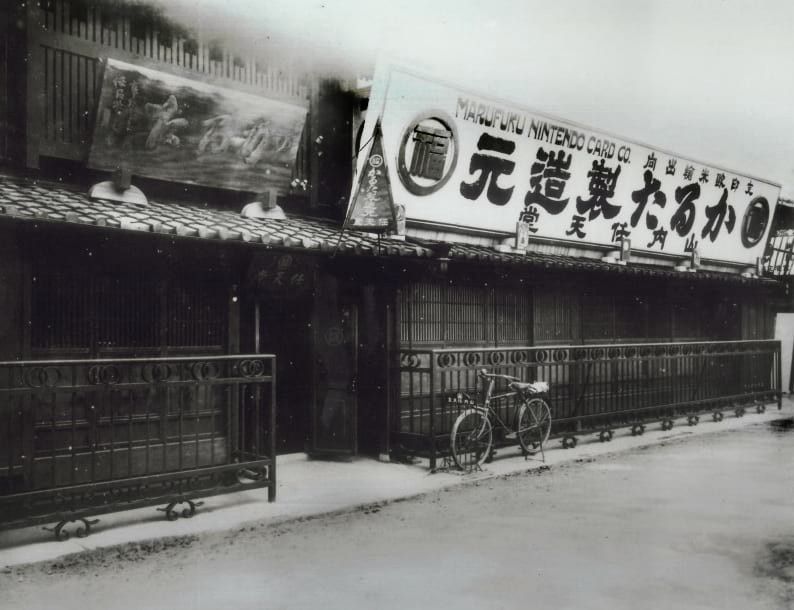
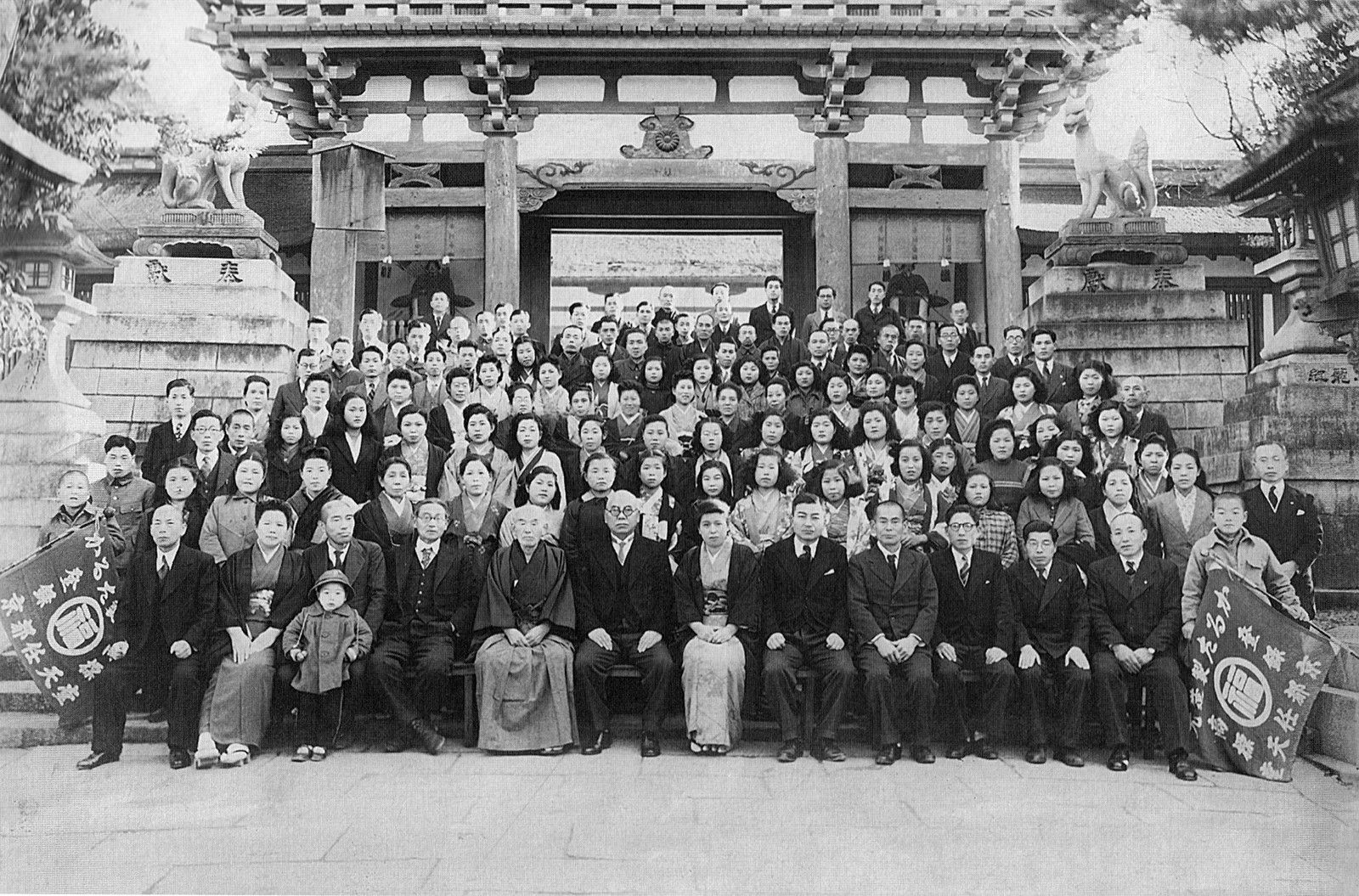
LEFT: Nintendo’s original headquarters circa 1889. RIGHT: Nintendo employees at the Fushimi Inari Shrine circa 1949. Source: City of Kyoto.
Just as with their parents, Sekiryo and Tei Yamauchi didn’t have any sons. The next Yamauchi boy to be born was their grandson, Hiroshi. At the tender age of 21, Hiroshi was called to his grandfather’s bedside. Sekiryo had suffered a stroke, and had no successor immediately lined up to take over the company. Hiroshi was the only choice, and Sekiryo required him to immediately leave University and join Nintendo. Hiroshi agreed, on the condition that he should be the only family member to work at the company (which meant firing a cousin — a condition that Sekiryo reluctantly agreed to).
Nintendo’s third president — Hiroshi Yamauchi — was an immediately polarising figure. He was widely resented by longtime employees (largely thanks to his youth and inexperience). Shortly after assuming the company leadership, Yamauchi fired every single manager that had been hired during his grandfather’s tenure. This apparently wasn’t just sour grapes, either; Yamauchi wanted to establish absolute authority as Nintendo’s leader, and he wanted to modernise the company and shake off its conservative mothballs.
“Among the notices of trade mark applications published this week is one from the Nintendo Playing Card Company Ltd., Kyoto City, Japan. The notice explains that one of the Japanese characters in the mark means “happiness, fortune or wealth”. Three other characters, pronounced “nintendo”, are harder to translate. They constitute a fanciful expression having no precise dictionary meaning either in Japanese or English, but the application gives them the approximate sense of “a corporation whose fortune or prosperity should e left to the mercy of heaven”. Evidently, heaven smiled on the Nintendo Company, because it has been using the mark since 1887.”
New York Times (1955)
任天堂 1951–1969
LOVE HOTELS, TAXIS, AND RICE — OH MY!
These days, it’s trendy for companies to talk about inflection points. These are usually points in time where a company pivots in some fundamental way, or enters a new stage of significant growth. Despite the commendable success Nintendo had seen in its first forty years in operation, 1949 was arguably its first major inflection point.
Hiroshi Yamauchi changed the company name from Nintendo Koppai to Nintendo Karuta in 1951 and also moved it to a new facility, where all playing card design and manufacturing was consolidated. By 1953, Nintendo began producing the first plastic-coated cards in Japan and by 1959, it secured a massive licensing deal (which was also the company’s first) with Disney to produce a wide range of cards based on popular Disney characters.
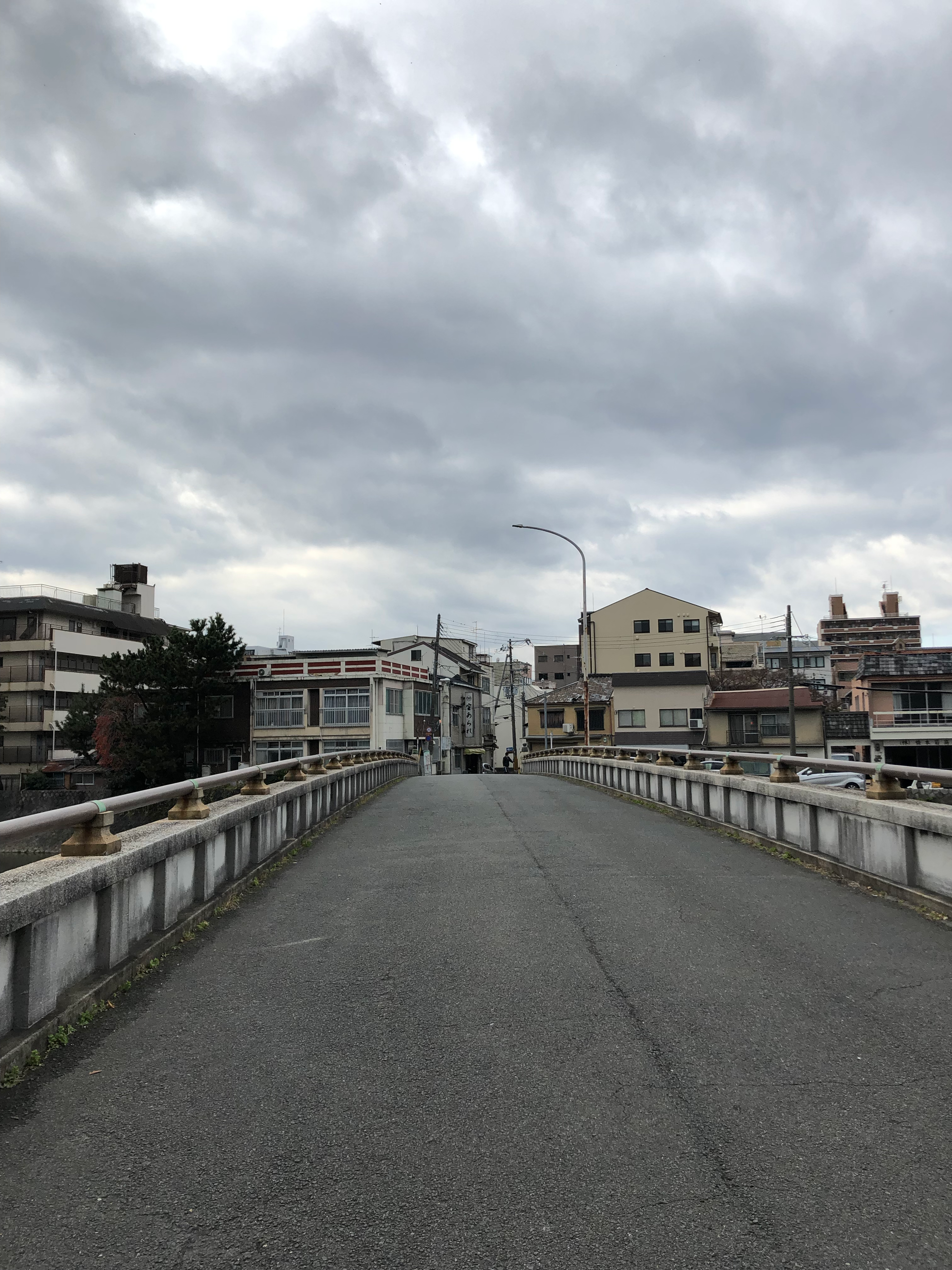
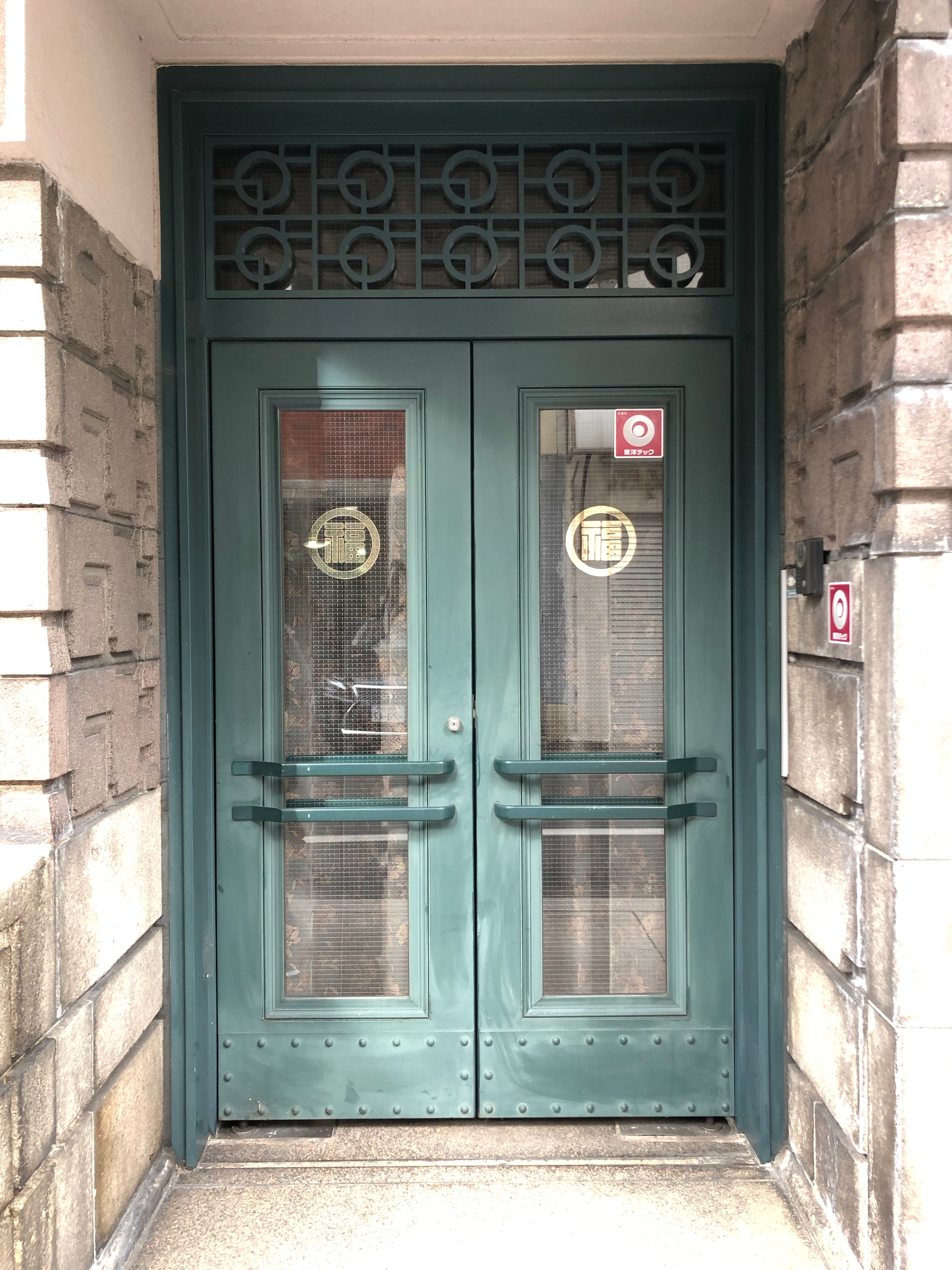
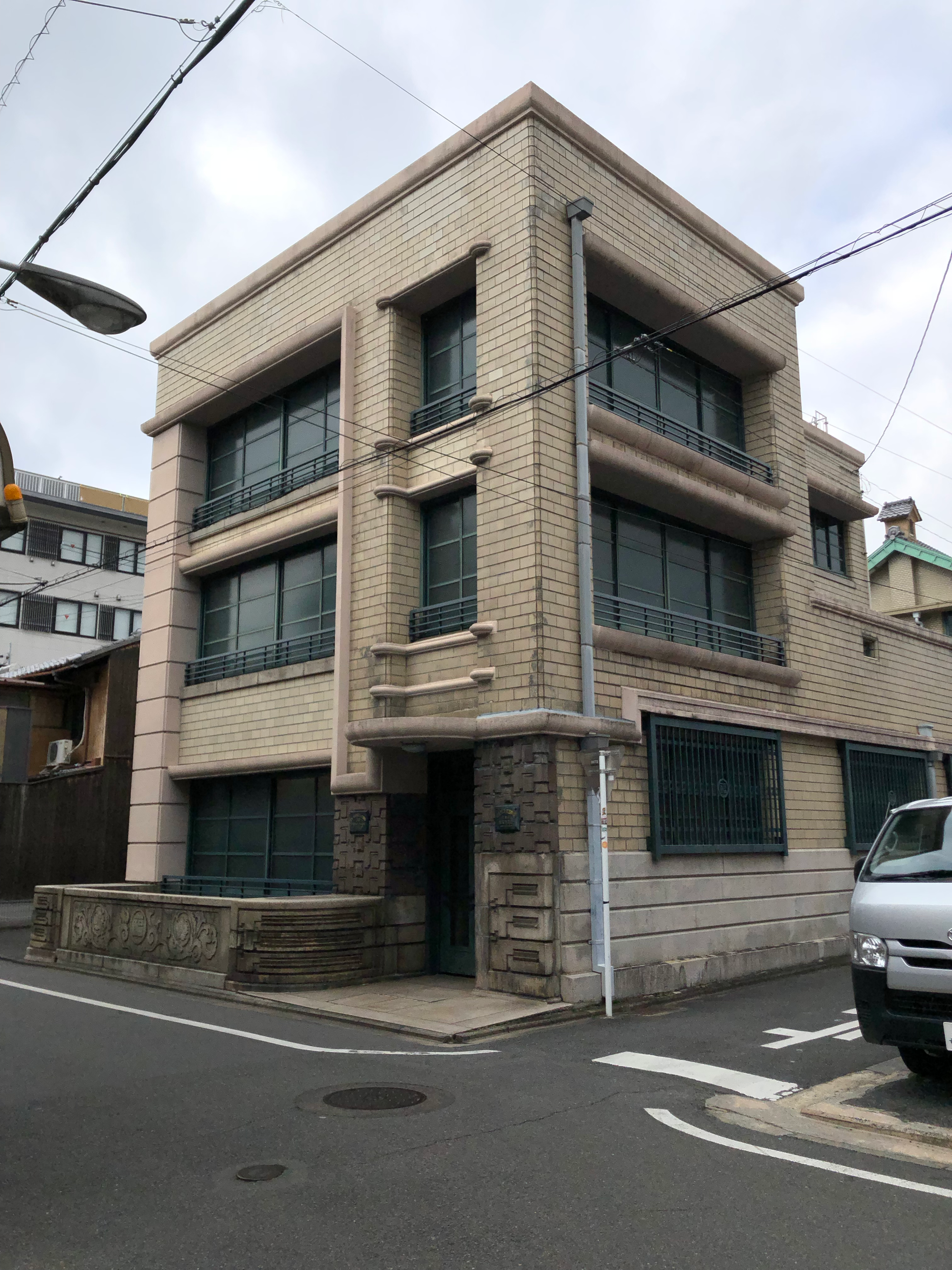
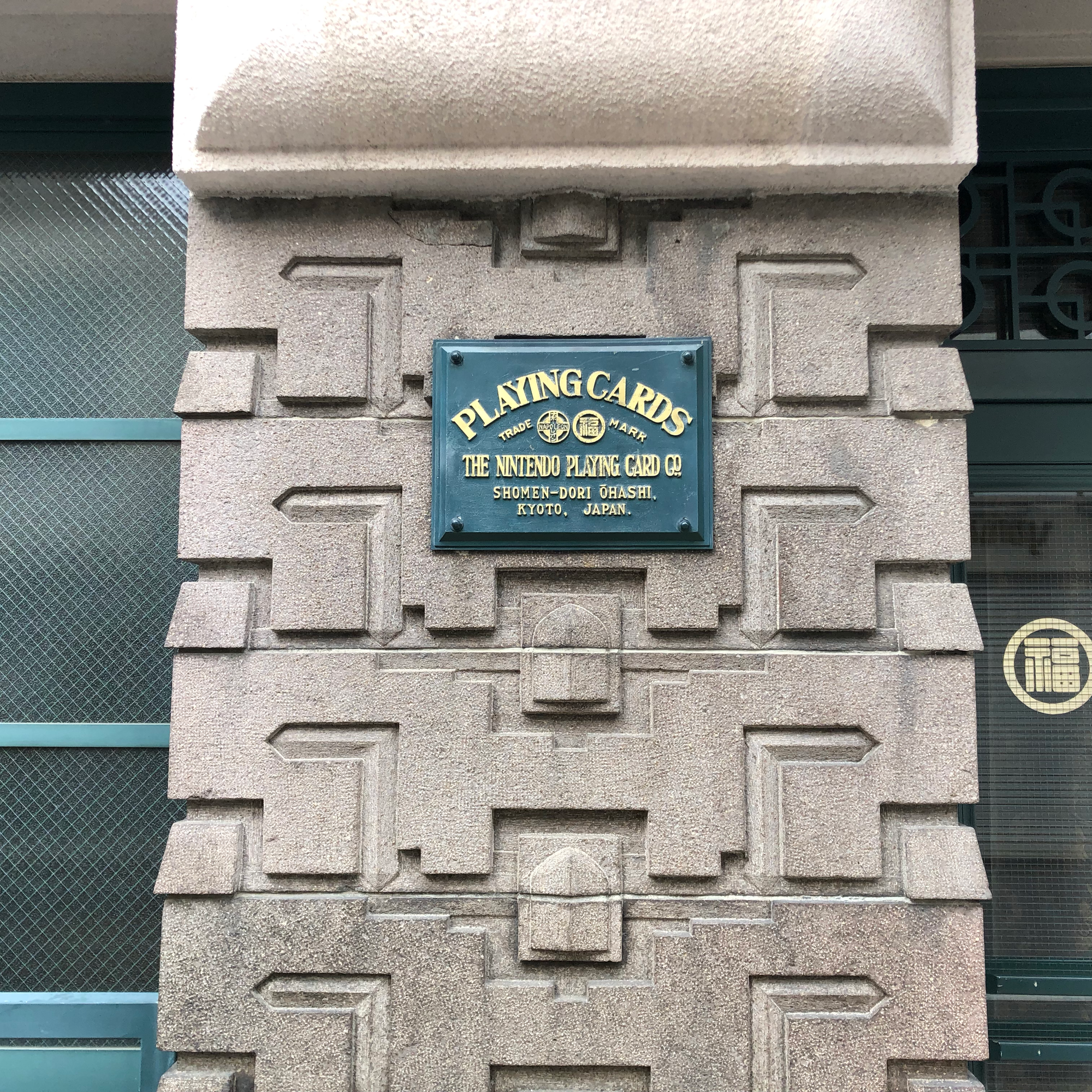
Old Nintendo Building. Source: Author.
Although Yamauchi’s efforts saw instantaneous results (with around 600,000 card packs sold in 1959), he still wasn’t satisfied, and sought to push the company even further. This ultimately meant expanding into new products and services beyond hanafuda, which itself was a finite market — there was little extra space to grow. Yamauchi changed the company’s name again. Now, it would simply be known as Nintendo Company Limited.
Between 1959 and 1969, Yamauchi famously experimented with a wide range of business ideas. These included instant rice, a “love hotel” (where rooms are rented by the hour), and even a taxi service (known as Daiya). Only Daiya was commercially successful, but the overheads and stress were enormous, especially given the need to deal with powerful unions that demanded high salaries and generous benefits for drivers.
These experiments might have failed at the time, but they were immensely important in terms of defining what Nintendo was not as well as what it should be. The company had been built and geared to produce entertainment products all along. Karuta had been at the heart of the company since its inception; its entire operation was centred around the creation and distribution of these playing cards. The key to the company’s future, Yamauchi realised, was to leverage this experience and the existing, mature distribution networks it had established.

The story that emerges beyond 1969 is truly fascinating. It’s true to say that we wouldn’t have been able to enjoy Nintendo’s modern gaming products (from the NES through to the Switch) without the company’s fateful introduction of a “Games” division in the late ’60s. It’s equally true to say that the decision to focus on entertainment wouldn’t have happened without the company’s initial focus on playing cards, and its subsequent decade of experimentation with other business models (driven by Hiroshi Yamauchi’s burning ambition to see the enterprise expand dramatically).

